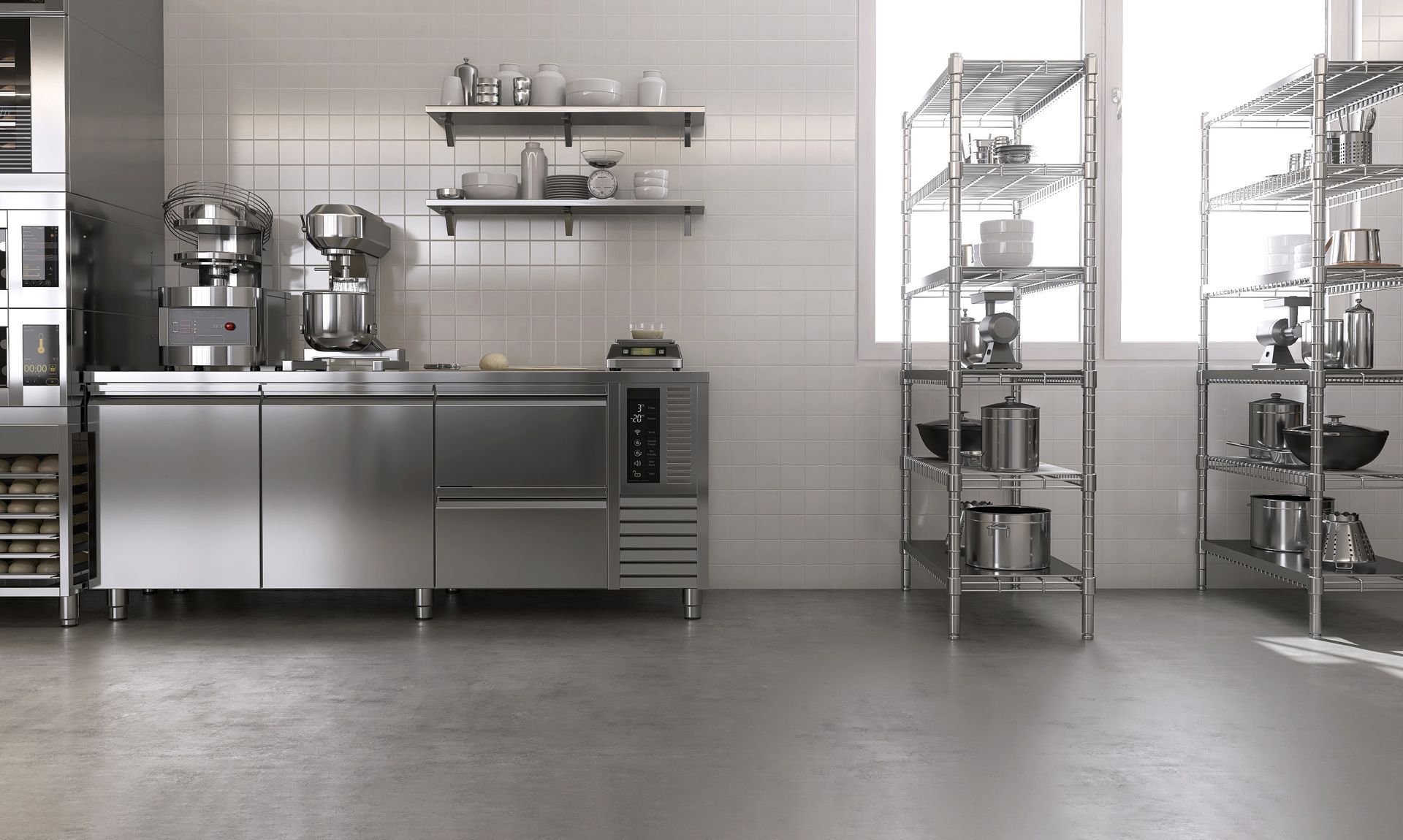Changeover Checklist That Avoids Compliance Gaps When Switching Grease Trap Cleaning Vendors

Changing grease trap service providers can create unnecessary risk if the transition isn’t handled carefully. A missed pump-out, incomplete records transfer or confusion about compliance reporting can put your restaurants or facilities out of step with local water authority requirements.
A structured changeover plan ensures no interruption in service, full continuity of documentation and a clean handoff that avoids compliance gaps.
Asset Audit: Know What’s in Play
Start by creating a full inventory of grease management assets. Document every interceptor and trap on site, noting the size, location, line connections and cleanouts. Include details like outdoor vs. indoor access and whether floor drains tie into multiple interceptors. Collect the date of the most recent pump-out to establish a service baseline. A simple line map helps the incoming vendor understand your plumbing layout and reduces the risk of a unit being overlooked.
Secure the Paper Trail
If possible, gather at least three years of service manifests, water authority permits and used cooking oil (UCO) logs. If your facility has ever received a notice of violation, include that too. These records create a compliance history that both vendors can reference, and they give regulators confidence that you’ve maintained continuous service. Missing paperwork is a common cause of audit trouble, so the transition is the right time to close any gaps.
Establish a Dependable Service Cadence
Document the current frequency of grease trap and interceptor cleanings, including any seasonal adjustments.
Note if your facility requires after-hours access, escort requirements or advance scheduling with building engineers. Identify all site contacts who interact with vendors and make sure the new provider has the same information. Without this, service delays are a common challenge.
Overlap Plans to Avoid a Compliance Gap
Decide whether the outgoing vendor will perform one final pump-out or if the incoming provider will conduct a kickoff service with both parties present. A joint visit creates a clean line of accountability, especially if the last manifest or grease volume measurements need to be verified. This eliminates the common dispute of “who left the tank full.”
Transfer Numbers, Not Just Paper
Make sure your new provider has access to manifest numbering sequences, disposal site details and serial numbers on UCO tanks. This avoids duplicate numbering, which can cause regulators to question the integrity of your records. Disposal site data is equally critical, since regulators require manifests to show approved facilities.
An Initial Baseline Visit Helps Establish Conditions on Day One
Before the first scheduled service, arrange a site walk with the new provider so they can take photos of each interceptor, measure grease and solids levels and note any wear or structural issues. This creates a condition report that separates inherited problems from future maintenance items. A well-documented baseline is your insurance policy in case of disputes later.
Lock in Contract Details
Review the new agreement carefully. Confirm that the scope includes every grease interceptor and any additional services you may want to schedule. Make sure the emergency response time is specified in writing, along with a surcharge table for after-hours or high-volume disposal. You should also verify that your vendor carries proper insurance, including pollution liability. It’s always a good idea to request proof before signing.
Confirm Compliance Routing Before the Change
Identify who is responsible for submitting manifests to the local water authority. Some vendors, like Southern Green Industries, handles the upload directly, while others leave it to the client. Clarify how long records must be retained and whether the vendor will maintain an audit-ready binder or portal. Without this, even well-performed service can look noncompliant when regulators ask for documentation.
Day-of Checklist for a Smooth First Visit
On the day of the first pump-out, have keys, gate codes or escort arrangements ready. Make sure the Material Safety Data Sheets (MSDS) for chemicals on site are also accessible. Then, you should conduct a safety briefing that covers PPE requirements and point out spill kit locations. This small step not only protects workers but also demonstrates due diligence if a regulator is on site.
Keep Service Predictable
It’s often a good idea to have at least the next three service dates scheduled before the first job wraps. Establish an escalation path for emergencies so managers know exactly who to call if there are issues with grease trap performance or inspection problems. A proactive schedule reduces the chance of missed cleanings and keeps your facility ahead of inspections.
Southern Green Industries Prioritizes Seamless Transitions
Southern Green Industries helps facilities across metro Atlanta make seamless vendor transitions. From baseline assessments to manifest continuity and direct water authority reporting, our team ensures every box is checked and compliance stays uninterrupted.
Ready to make the switch without missing a step? Contact us at Southern Green Industries today or give us a call at (404) 419-6887.
Recent Blog Posts
Contact us Today for a FREE Quote
We are committed to making grease trap cleaning and fryer oil recycling as clean and easy as possible. If you’d like to learn more about our services or get a quote, give us a call at (404) 419-6887.



